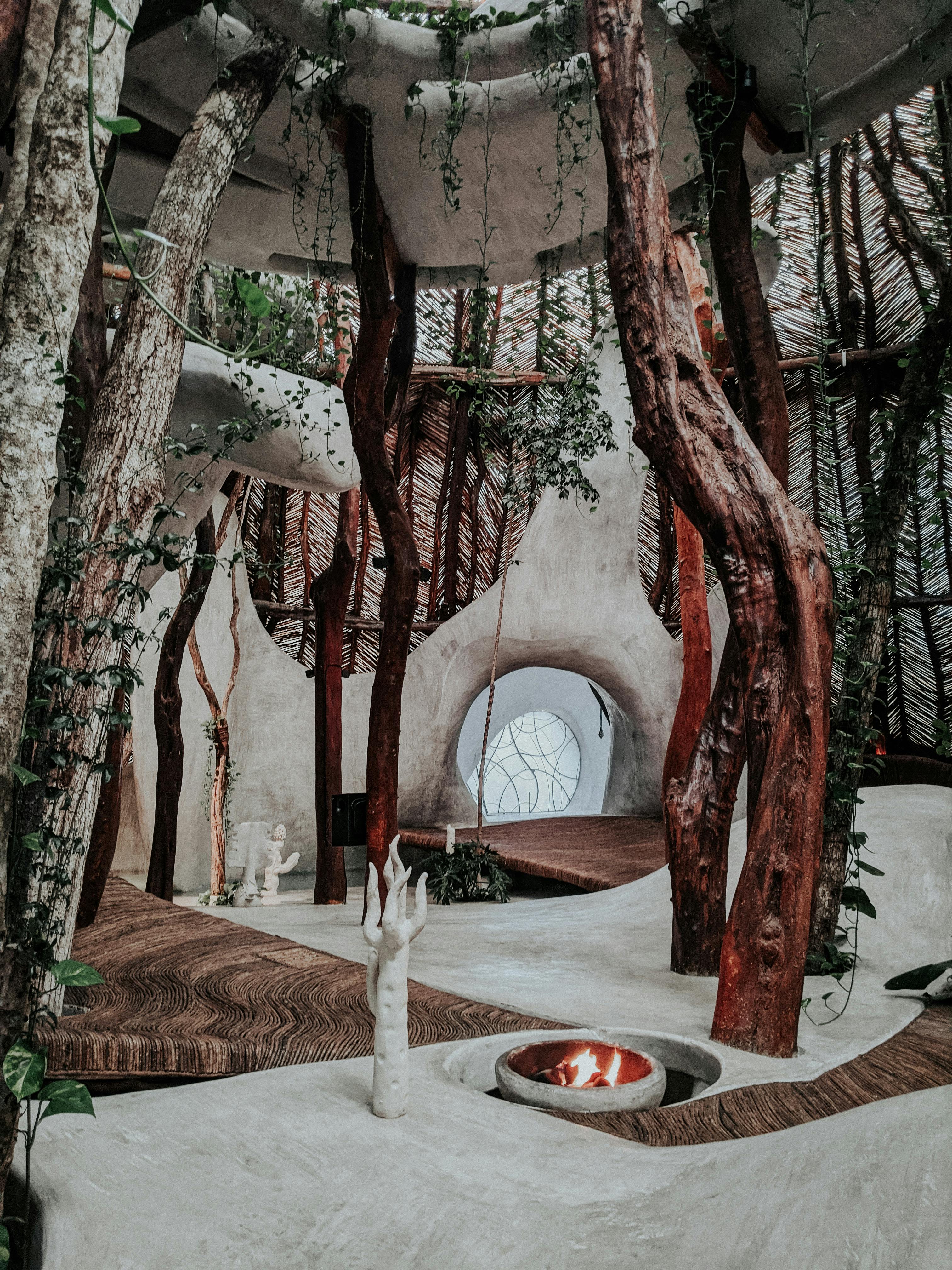Wabi-Sabi: The Art of Embracing Imperfection in Home Design
In a world obsessed with perfection, a quiet revolution is taking place in home interiors. Wabi-sabi, an ancient Japanese philosophy, is finding its way into modern homes, offering a refreshing counterpoint to the polished aesthetics that have long dominated design trends. This concept, which celebrates the beauty of imperfection and the passage of time, is not just a design choice—it's a lifestyle that encourages mindfulness, authenticity, and a deeper connection with our living spaces.

The Essence of Wabi-Sabi
Wabi-sabi is rooted in Zen Buddhism and has been a cornerstone of Japanese aesthetics for centuries. The term wabi originally referred to the loneliness of living in nature, away from society, while sabi meant withered or lean. Over time, these concepts evolved to embody a worldview that finds beauty in simplicity, impermanence, and imperfection.
In the context of home design, wabi-sabi translates to spaces that feel authentic, lived-in, and deeply connected to nature. It’s about appreciating the knots in wooden floorboards, the patina on copper vessels, or the subtle asymmetry of handmade objects. This philosophy stands in stark contrast to the sleek, mass-produced aesthetics that have dominated interior design in recent decades.
Embracing Natural Materials and Textures
At the heart of wabi-sabi design is a profound respect for natural materials. Raw, unfinished surfaces are preferred over glossy, uniform ones. Think exposed brick walls, rough-hewn wooden beams, or stone floors with visible imperfections. These elements bring a sense of history and character to a space, creating an environment that feels grounded and organic.
Textiles play a crucial role in wabi-sabi interiors. Linen, with its tendency to wrinkle and its subtle variations in texture, is a perfect embodiment of this aesthetic. Handwoven rugs, frayed edges on throw pillows, or a slightly worn leather armchair all contribute to the lived-in, comfortable atmosphere that wabi-sabi celebrates.
The Power of Negative Space
In wabi-sabi design, less is more. This philosophy emphasizes the importance of ma, or negative space, in creating balance and harmony. Rooms are not cluttered with unnecessary objects; instead, each item is carefully chosen for its functionality or emotional value.
This approach to space allows individual pieces to breathe and be appreciated fully. A single, imperfect vase on a bare wooden table becomes a focal point, inviting contemplation and appreciation. The strategic use of empty space also creates a sense of calm and openness, essential elements in today’s often hectic lifestyles.
Cultivating a Patina of Time
Wabi-sabi interiors celebrate the passage of time and the stories it etches onto objects. Instead of constantly replacing items to maintain a pristine appearance, this philosophy encourages us to cherish the way things age and change. A wooden table that bears the marks of family meals, a leather sofa that has softened and molded to its users, or brass hardware that has developed a rich patina—these are all treasured in a wabi-sabi home.
This aspect of wabi-sabi design not only creates a more sustainable approach to home decor but also fosters a deeper emotional connection to our surroundings. Each scratch, dent, or wear pattern becomes a record of lived experiences, turning our homes into rich tapestries of personal history.
Incorporating Nature and Seasonal Changes
Wabi-sabi design is inherently connected to nature and the changing seasons. This connection is reflected in the choice of materials, color palettes, and decorative elements. Natural fibers, earth tones, and organic shapes dominate, creating a seamless flow between indoor and outdoor spaces.
Seasonal changes are celebrated through simple adjustments to decor. A vase of spring blossoms, autumn leaves arranged in a bowl, or winter branches displayed in a corner all bring the rhythms of nature into the home. These touches not only add visual interest but also encourage mindfulness and a deeper appreciation for the present moment.
The Future of Wabi-Sabi in Modern Homes
As we move forward, the principles of wabi-sabi are likely to gain even more traction in interior design. In an era of increasing digital saturation and environmental concerns, the appeal of authentic, imperfect, and sustainable spaces is growing. Wabi-sabi offers a way to create homes that are not just visually appealing but also emotionally resonant and environmentally responsible.
Designers and homeowners alike are finding creative ways to incorporate wabi-sabi principles into contemporary settings. This might involve pairing sleek, modern furniture with handcrafted accessories, or introducing natural, imperfect elements into minimalist spaces. The result is a new aesthetic that balances the clean lines of modern design with the warmth and character of wabi-sabi.
In embracing wabi-sabi, we’re not just adopting a design trend—we’re shifting our perspective on what makes a home beautiful and meaningful. It’s a reminder to slow down, appreciate the small details, and find joy in the imperfect journey of life. As we continue to navigate an increasingly complex world, the simple, grounded wisdom of wabi-sabi offers a refreshing path to creating homes that are truly nurturing sanctuaries.





